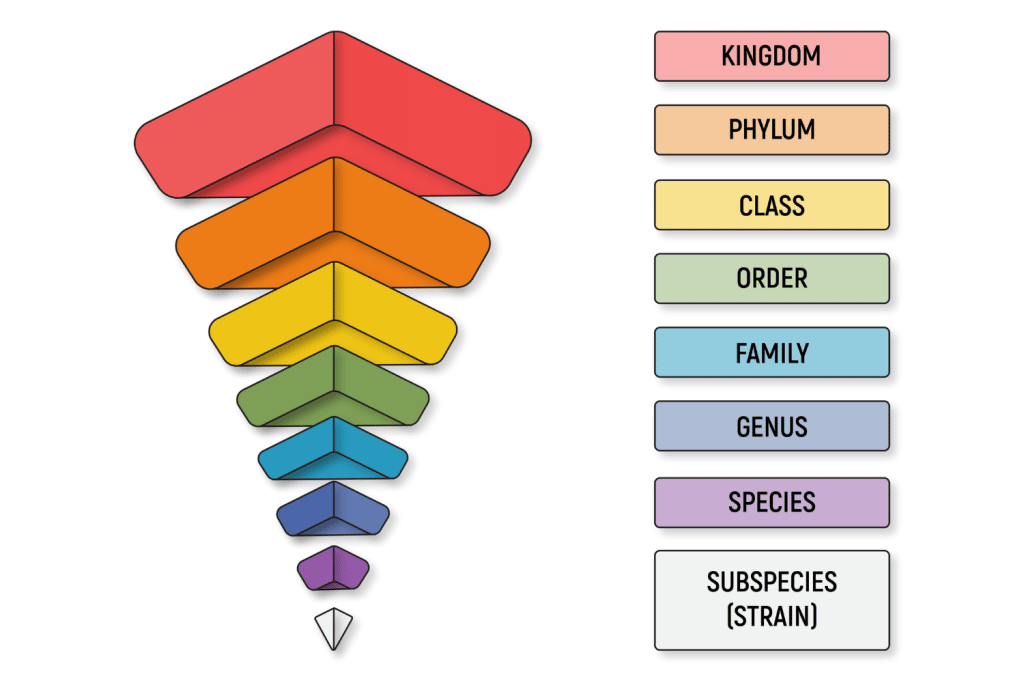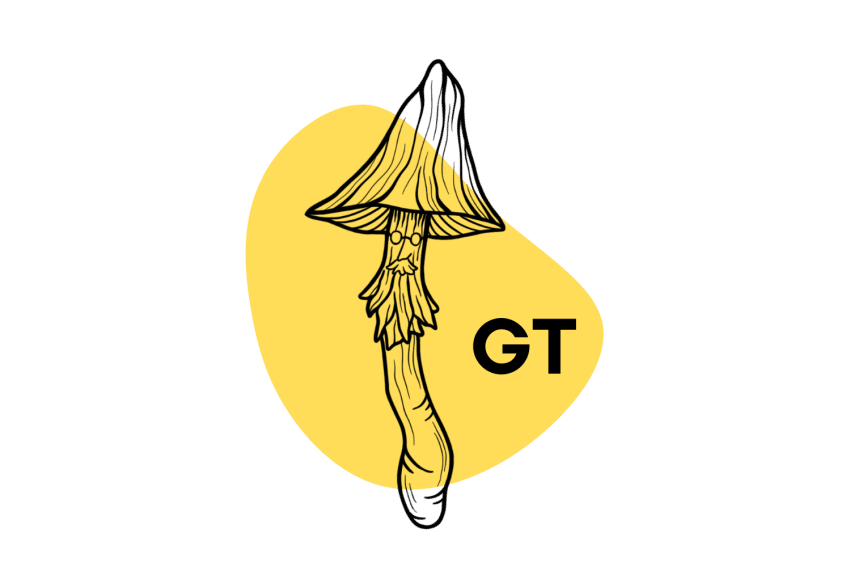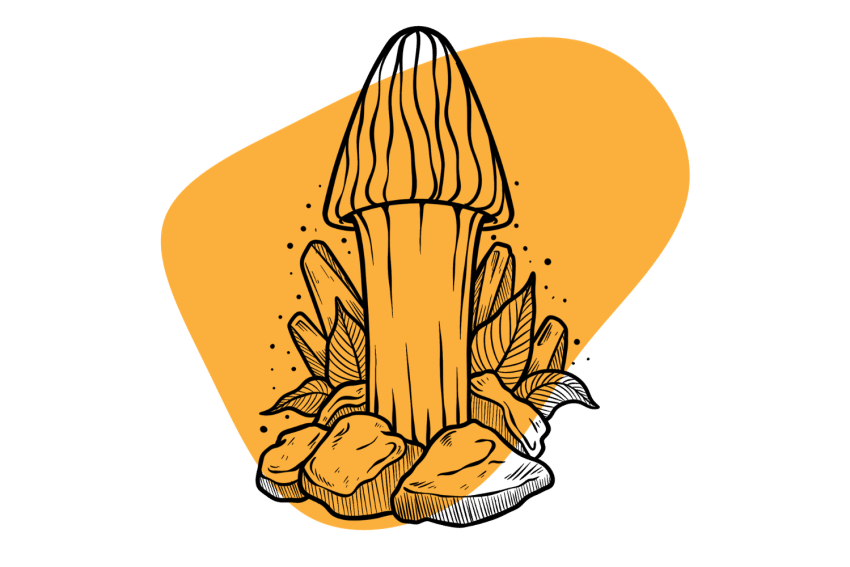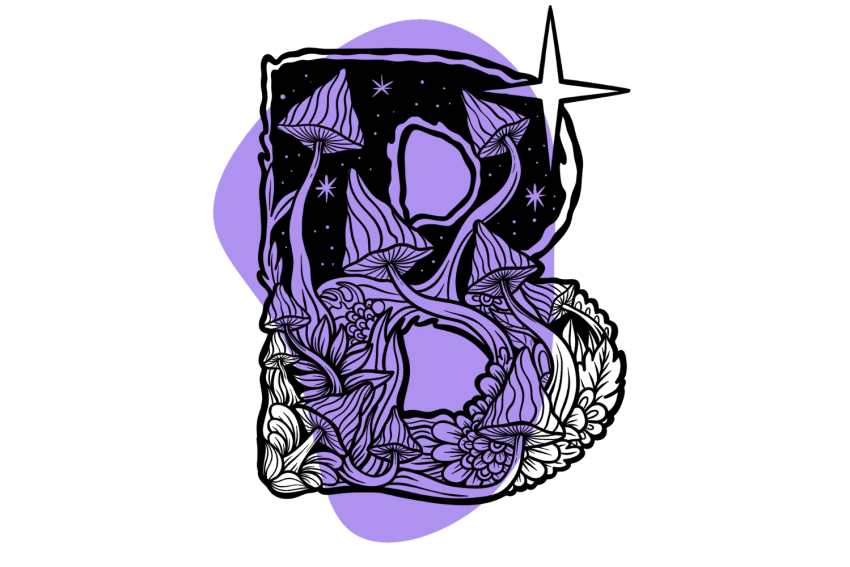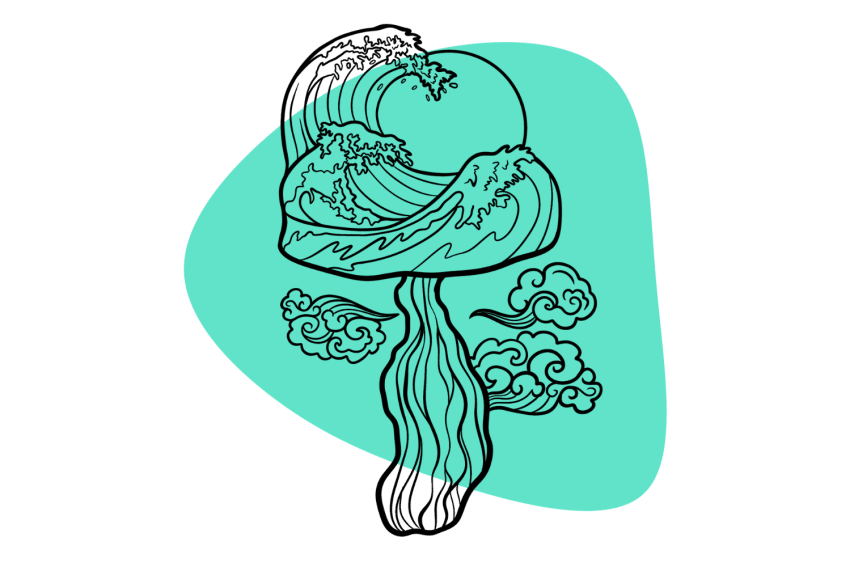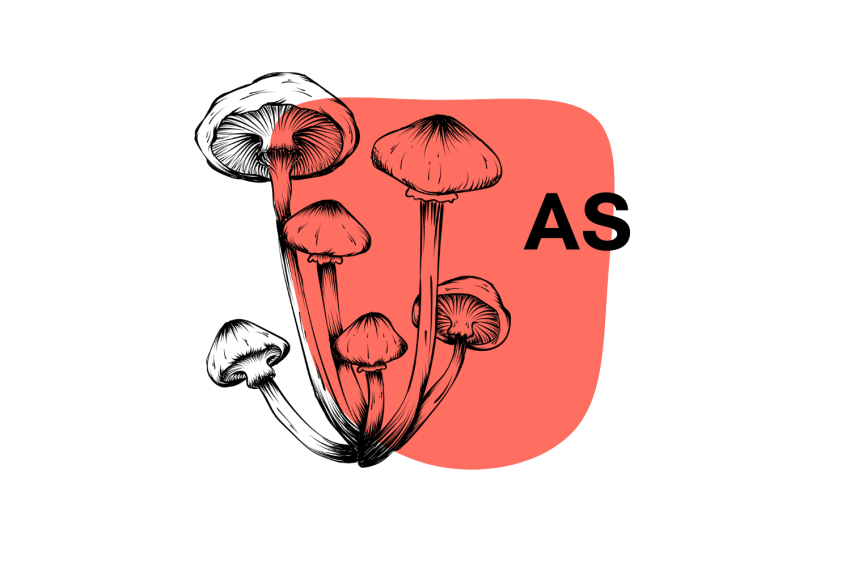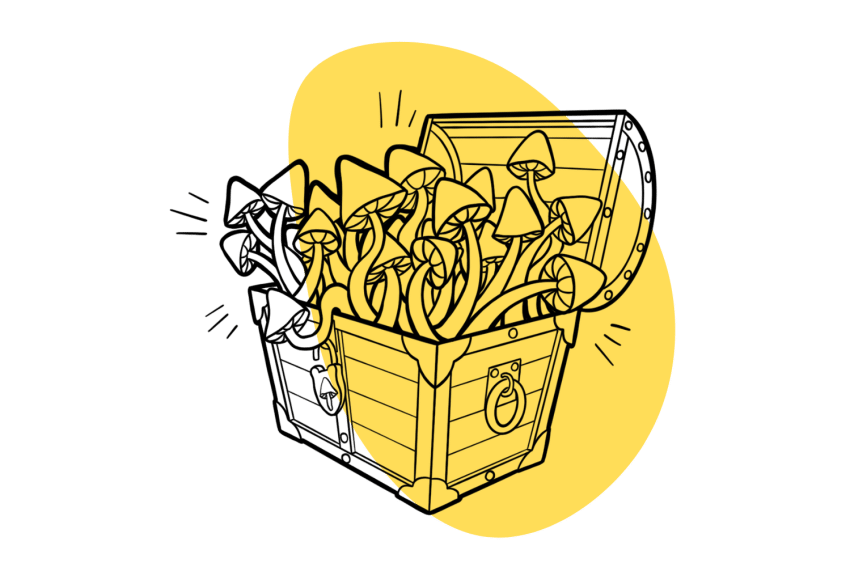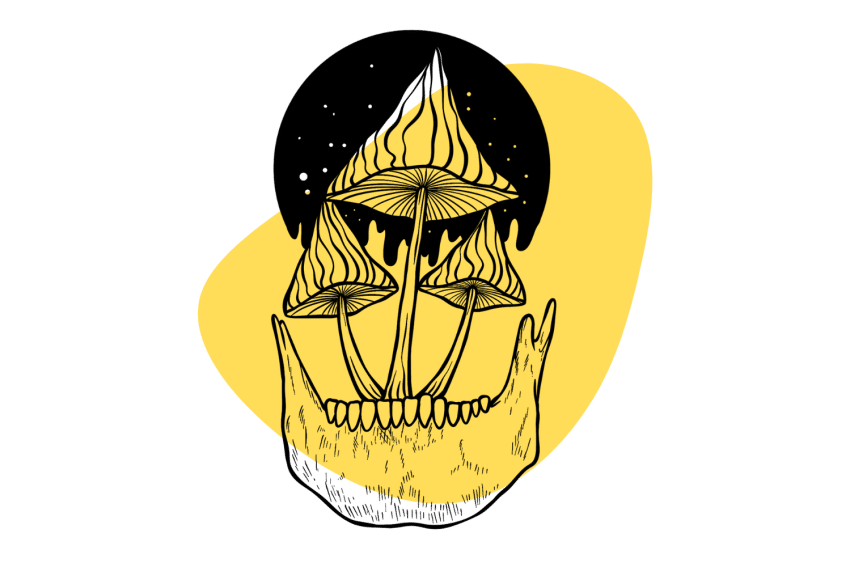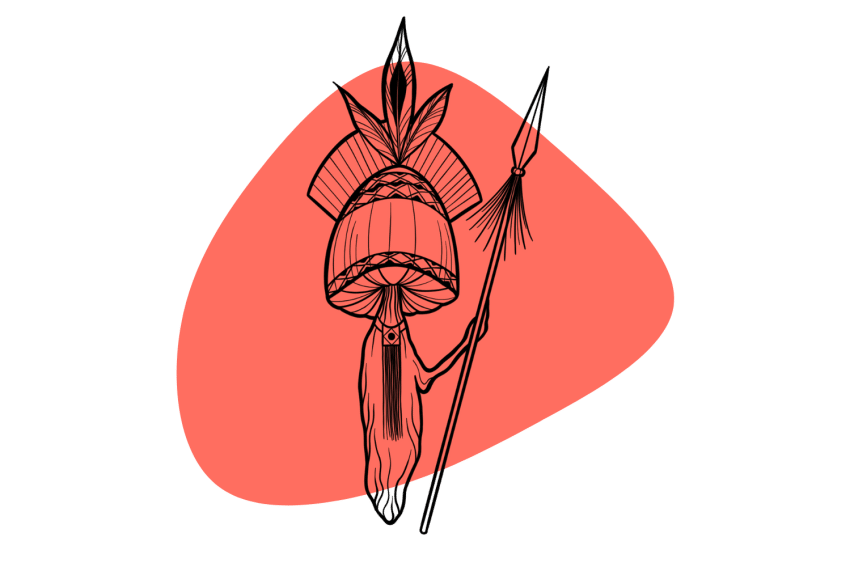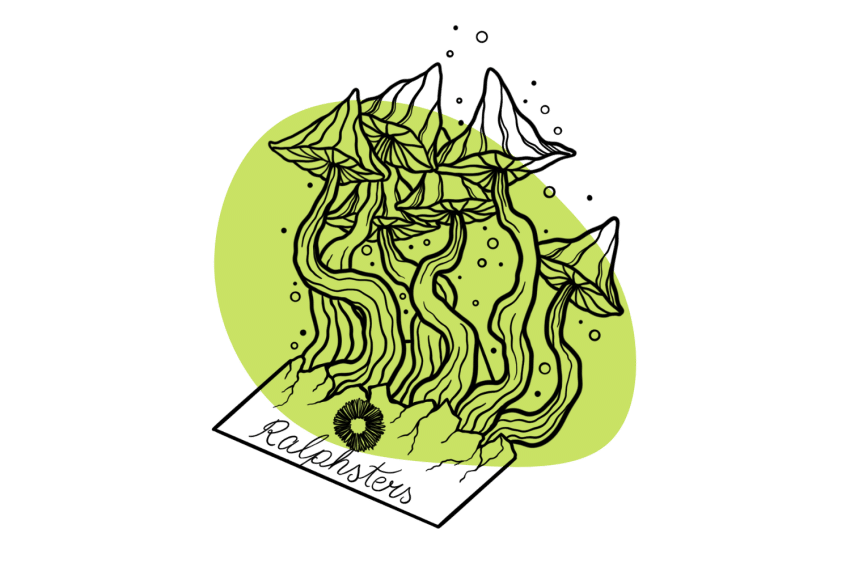Cuban Strain: A True OG Mushroom
The OG shroom strain from Cuba was the first Psilocybe cubensis ever discovered — and it remains one of the most popular choices to this day.
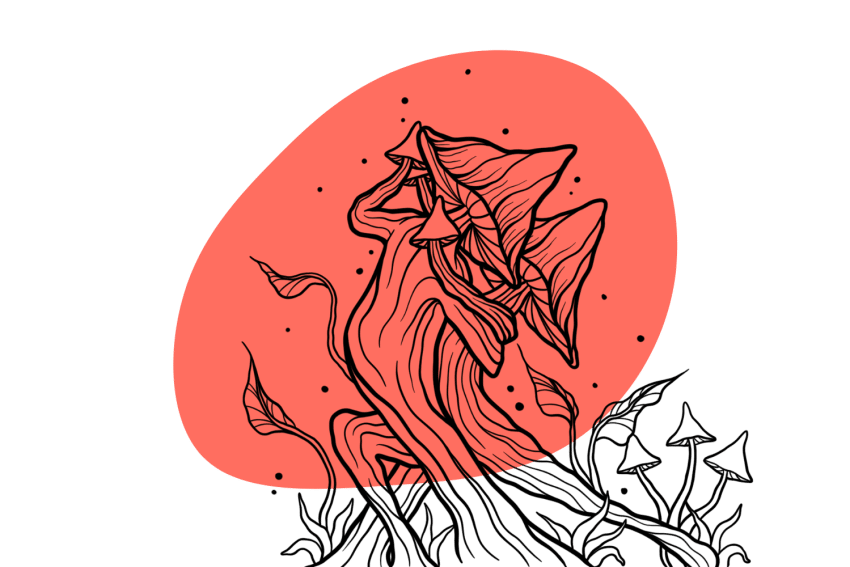
The Cuban strain isn’t just another regional variety of magic mushrooms; it’s the one that started it all.
The entire species of magic mushrooms (Psilocybe cubensis) was first discovered in Cuba by F.S. Earle sometime in 1906. There are many other species of magical fungi too, but the most commonly used today remains this original cubensis species.
The Cuban strain in circulation today doesn’t directly come from the samples F.S Earle collected in the 1900s — that strain is long gone. The current Cuban strain was collected in Cuba, but it was obtained from a separate sample about 40 years after Earle kicked the bucket.
The strain sold today as “Cuban Cubensis” is quite typical in appearance — with an orange-tinted brown cap and distinctively long, thin stems. They’re a little bit smaller than most other strains of Psilocybe cubensis.
As expected from the essential origin of Psilocybe cubensis mushrooms, the Cuban strain has an average potency level compared to other strains.
Packed with psilocybin and bathed in history, this shroom strain is perfect for those looking for intense effects and experiencing a part of magic mushroom history.
Cuban Cubensis Specs
| Potency | Average 🍄 |
| Cultivation | Easy |
| Species | Psilocybe cubensis |
| Substrate Recommendation | Wheat or Rye Grain |
| Cost | $ |
| Sold By | Ralphsters Spores, WTF Cannabis, Blue Goba, The Magic Kingdom |
History of The Cuban Cubensis Strain
The first Psilocybe cubensis strain ever discovered was found in Cuba. The botanist, F.S Earle, discovered this strain on a trip to the island in the early 1900s. He named the entire species after the location it was discovered — cubensis.
Magic mushrooms have long existed in folk history and shamanic medicine, much like cannabis in East Asia or peyote in the Americas.
However, magic mushrooms don’t only come from Cuba specifically — the strain found in Cuba was simply the one that Earle categorized and got to first. In fact, only one year late, in 1907, another mycologist found a different strain of Psilocybe cubensis in north Vietnam.
The strain in circulation today is thought to have been collected from somewhere in Cuba much later. It first started appearing on mycology forums and spore trading circles in the mid-1990s.
Cuban Potency & Psilocybin Content
Despite this strain’s popularity and the fact that it was the first strain ever discovered, there is surprisingly little information on the specific psilocybin content of this strain.
While most reports (including our own) suggest the Cuban strain is about average in terms of potency — there are also reports of these mushrooms being extremely powerful. Don’t go overboard when trying the Cuban strain for the first time, and remember that every batch is different. Even within the same strain, it’s possible to find widely differing potencies.
Independent testing suggests a general range of around 0.25% and 0.75% psilocybin content per dried weight for the Cubensis strain. The total tryptamine content is unknown, but we estimate it to be around 0.5–0.9%.
Where to Buy Cuban Spores
Thanks to its prolific popularity, Cuban spores are available everywhere. Commonly sold at places such as Ralphsters Spores and WTF Cannabis, you would be hard-pressed to find a shroom distributor that didn’t carry at least some spores of Cuban on hand.
The only issue is that sometimes, distributors and aficionados get confused about the name. Labeling spore sables with “Cuban” or sometimes “Cubes” has led to many a mix-up with what should otherwise be another cubensis strain.
In Canada, you should be able to find Cubans from vendors like Sporeslab or Spores 101.
In Europe, the best source of Cuban Cubensis is from vendors in Amsterdam, such as The Magic Mushroom Shop or the UK-based Viking Spore.
You might also have some luck by looking on trading platforms like the subreddit /r/sporetraders/.
Related: How & Where to Buy Magic Mushroom Spores (Legally).
How to Grow Cuban Cubensis Mushrooms
Growing magic mushrooms all by yourself at home doesn’t have to be as difficult as many people sometimes make it out to be.
The Cuban strain is an excellent option for new growers because it is easy to cultivate at home. It colonizes substrate jars very quickly — beating out most molds or bacteria that can overtake and kill slower-growing strains.
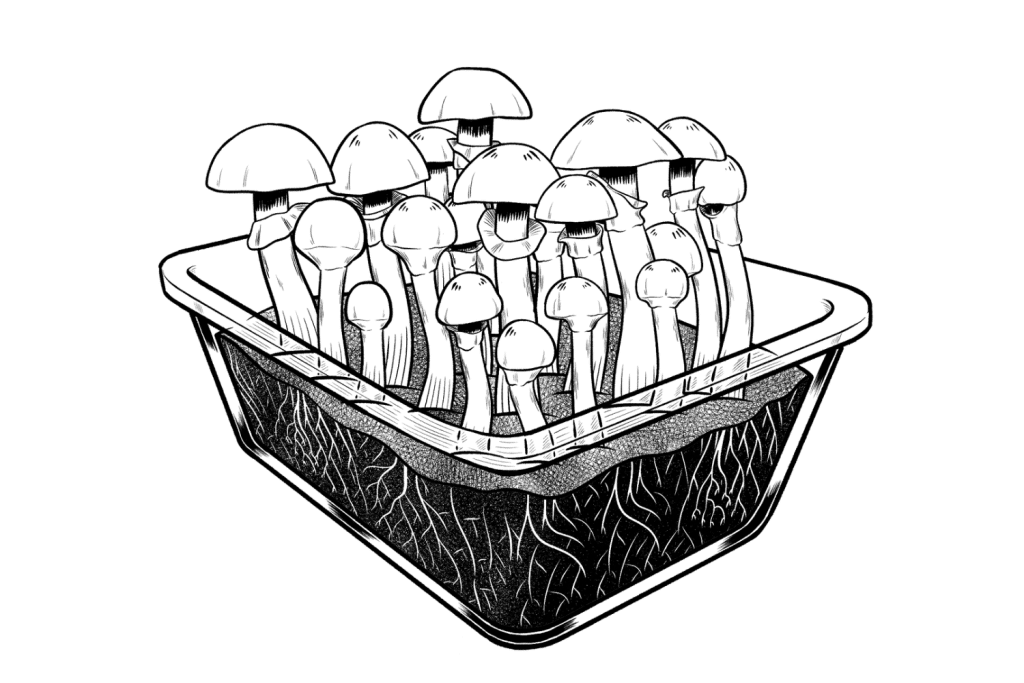
Cubans are also fairly prolific fruiters — meaning they tend to send out copious amounts of psilocybin mushrooms throughout about 3–5 flushes.
This strain is also very easy to feed — it will thrive on just about any substrate you throw at it. Some common options are brown rice flour and vermiculite (outlined in the method linked below), rye grain, wild bird seed, manure, coco coir, and much more.
Related: Learn How to Grow Magic Mushrooms the Easy Way
Similar Strains
If you enjoy the Cuban strain, you should consider finding all kinds of different, classic shroom strains just like it, such as the Oaxaca strain or Golden Teachers instead.
Here are just a few of our recommendations for the very best alternatives to the Cuban strain:
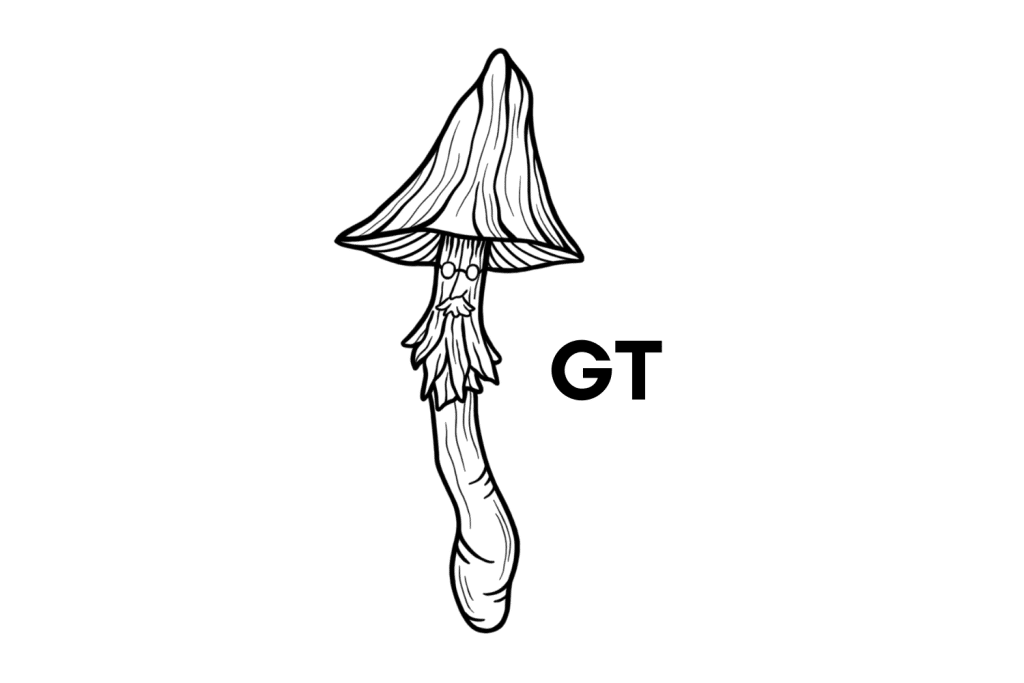
Golden Teacher
A similar strain to Cuban, Golden Teacher is the strain to lean towards if you are looking for that more intense, open-minded, and almost surreal high.
People frequently use Golden Teacher as the first shroom for newcomers, as it offers a gentler, more open consciousness type of high than many of the more mind-melting strains out there. It also happens to be one of the oldesT Psilocybe cubensis strains in existence today.
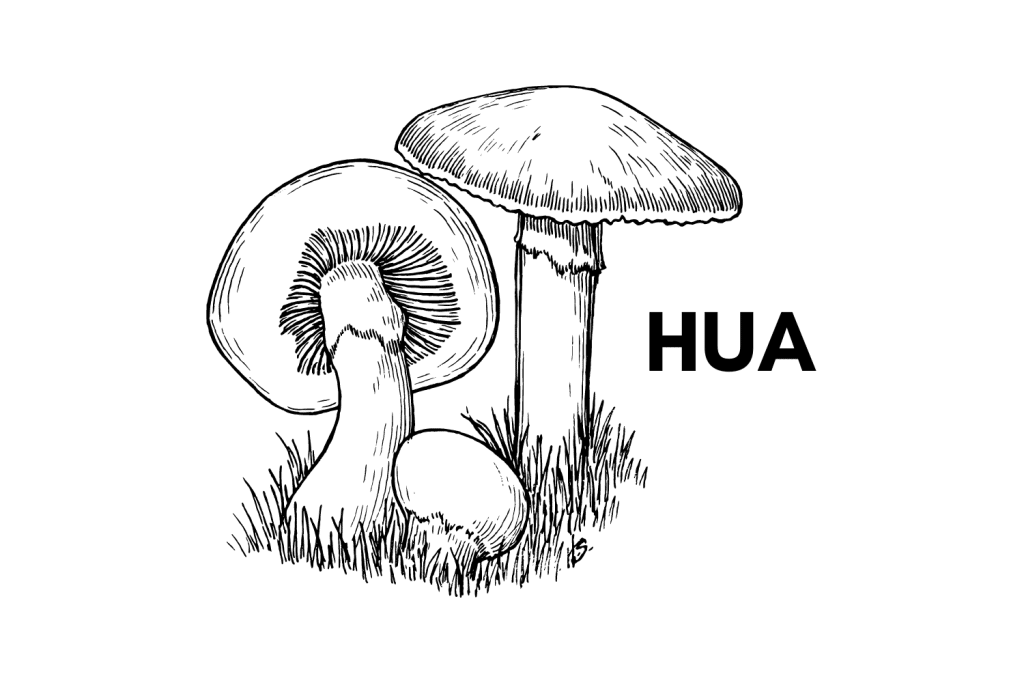
Huautla (Oaxaca)
The Huautla strain, also known as Oaxaca, owes its origins to the Mexican region of Oaxaca.
Widely used in the Americas alongside the Cuban strain, this mushroom is almost as old as Cuban and just as powerful.
Known for its intense, more spiritual effects, this is a great next step for Cuban users.
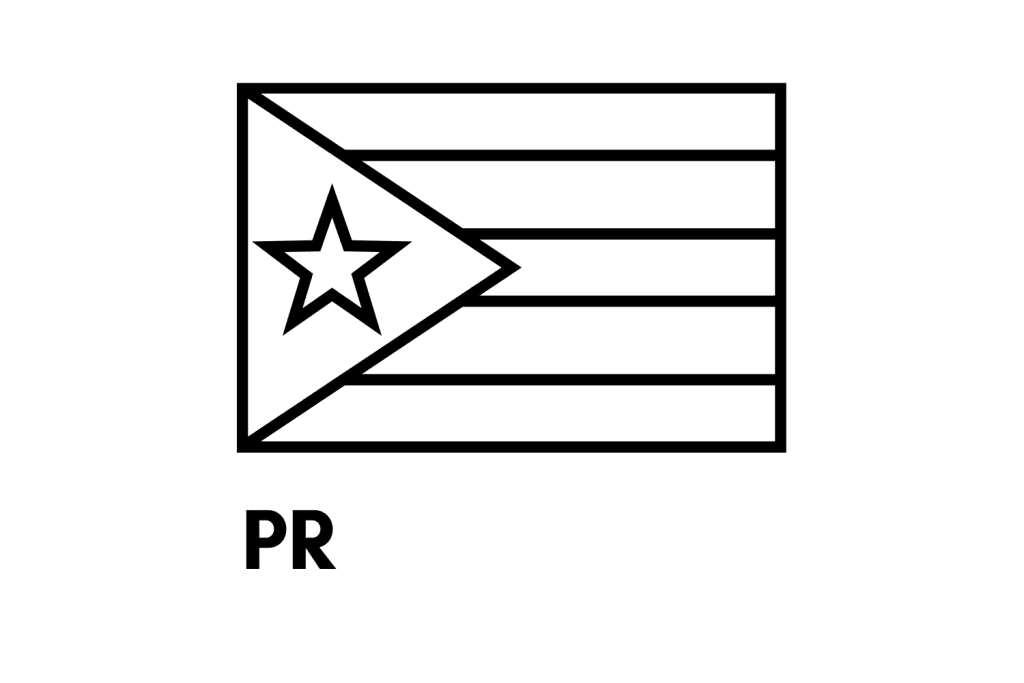
Puerto Rican Strain
Originating from another Caribbean island, the Puerto Rican strain has clear connections with the Cuban strain. These mushrooms were first collected in Canovanas and sport distinctively large caps on thin stems.
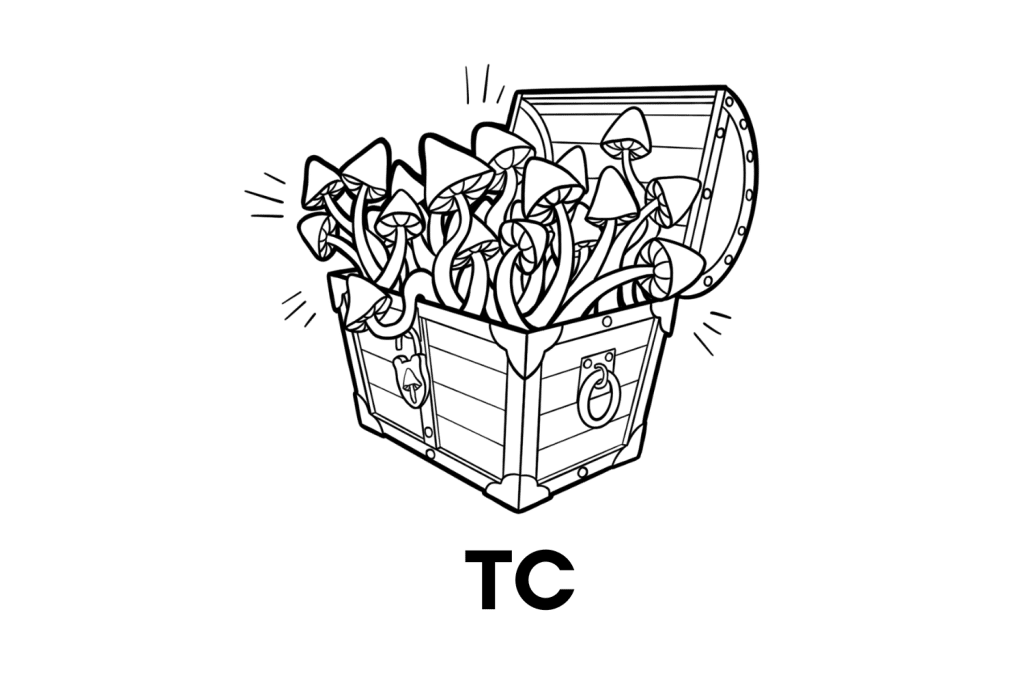
Treasure Coast & Albino Treasure Coast
The Treasure Coast lies just across the Florida Straits. A variety of mushrooms have been collected around the tropical forests, including what’s aptly named the Treasure Coast strain — which is a favorite among mushroom connoisseurs around the world.
The Treasure Coast strain has a high affinity for producing leucistic mushrooms — which refer to shrooms with a lack of pigment — giving them an albino-like appearance. Someone, somewhere, isolates and stabilized a sample of the leucistic Treasure Coast strain, which is now readily available as the Albino Treasure Coast mushrooms (although it’s not technically a true albino).
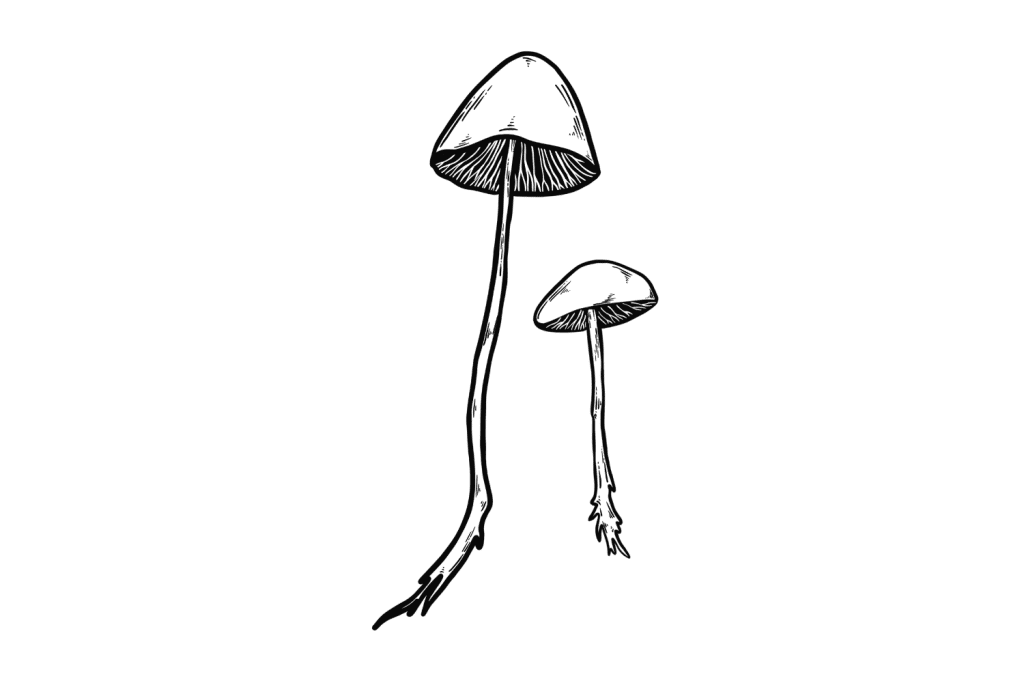
Psilocybe aztecorum
Psilocybe aztecorum is an entirely different species of psychedelic mushroom prevalent in Mexico. We’ve included this mushroom on the list because it’s also one of the original mushrooms used by early central American civilizations for spiritual purposes. In fact, even today, many people who try this mushroom claim it has uniquely spiritual effects — even more than conventional Psilocybe cubensis mushrooms.
Be warned, this mushroom is not a big yielder, and the smaller mushrooms are less potent than cubensis. You’ll need to consume much more of this species to get the same psychoactive dose you’re probably used to.
Strains vs. Species: What’s The Difference?
There is a lot of confusion surrounding the difference between a “strain” or a “species” when it comes to magic mushrooms.
Generally speaking, a “strain” refers to a very specific genetic sample, which will have its traits or characteristics. This means that two different strains in the same species will be pretty clearly different in their growth pattern or effects — but not different enough that they’re granted a unique species status.
In contrast, “species” refers to a much more general grouping of organisms with the same genetic makeup.
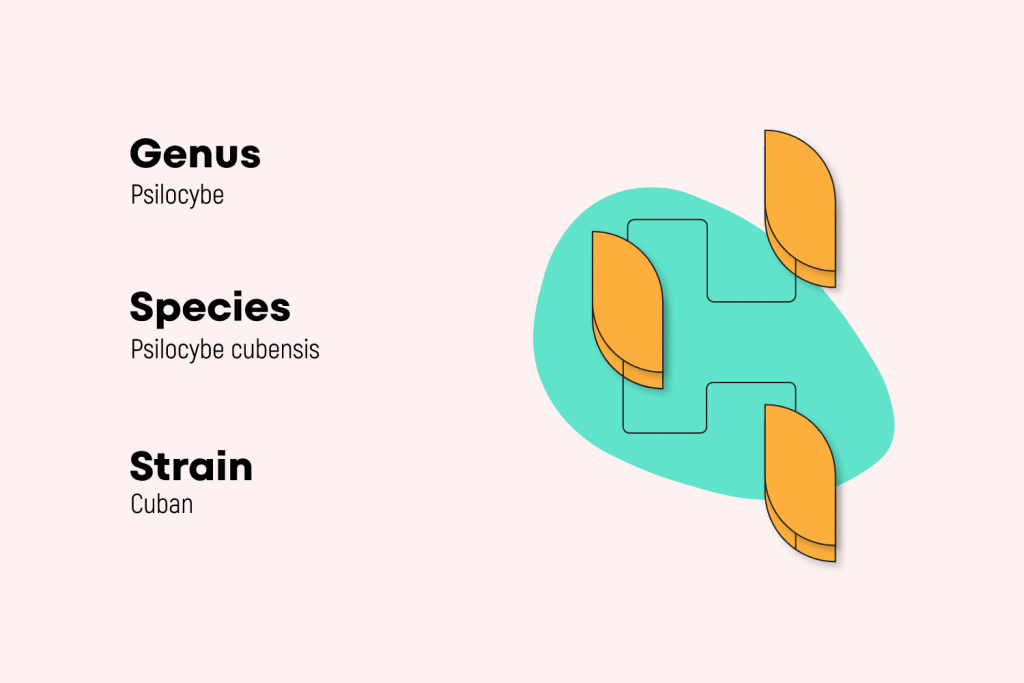
We use the term strains when two samples of genetic material are genetically identical but have some clear, noticeable differences in their traits, known as phenotypical differences.
For example, two individual samples belonging to the same species might have very different chemical makeups but share the same fundamental genome.
There is a huge number of different strains in every plant and fungi species. Still, you will tend to notice a lot more variety in strains when humans cultivate a particular species. Think about things like heirloom tomatoes or the vast array of garden varieties for common plants like tulips or roses — all of these are classified as “strains.”
